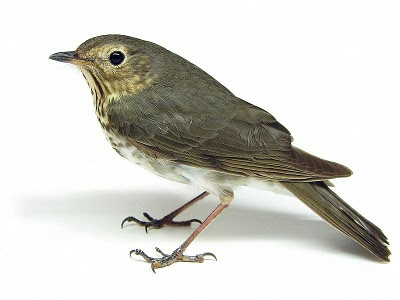Sunday, October 2, 9 AM to 3 PM
This year our 27th annual Fall Plant Sale will feature over 10 local nurseries specializing in herbs, native wildflowers, grasses, shrubs and trees, plus vendors selling garden related items, herbal soaps, artwork and food including, the ever-popular Butch's BBQ. Children's activities will be held in Jo's Grove: nature playscape and music will by provided by Chris Durman & Friends. Members receive 10% discount.
Special Sunday Lecture
The morning of the Plant Sale there will be a lecture at 11 a.m. and book signing by Pat Fitzhugh, author of Ghostly Cries from Dixie, a chilling discussion about Tennessee's Bell Witch legend with Q & A and Book Signing afterwards
Registration required: call 577-4717, ext. 110.
- Sabrina DeVault, Educator.












